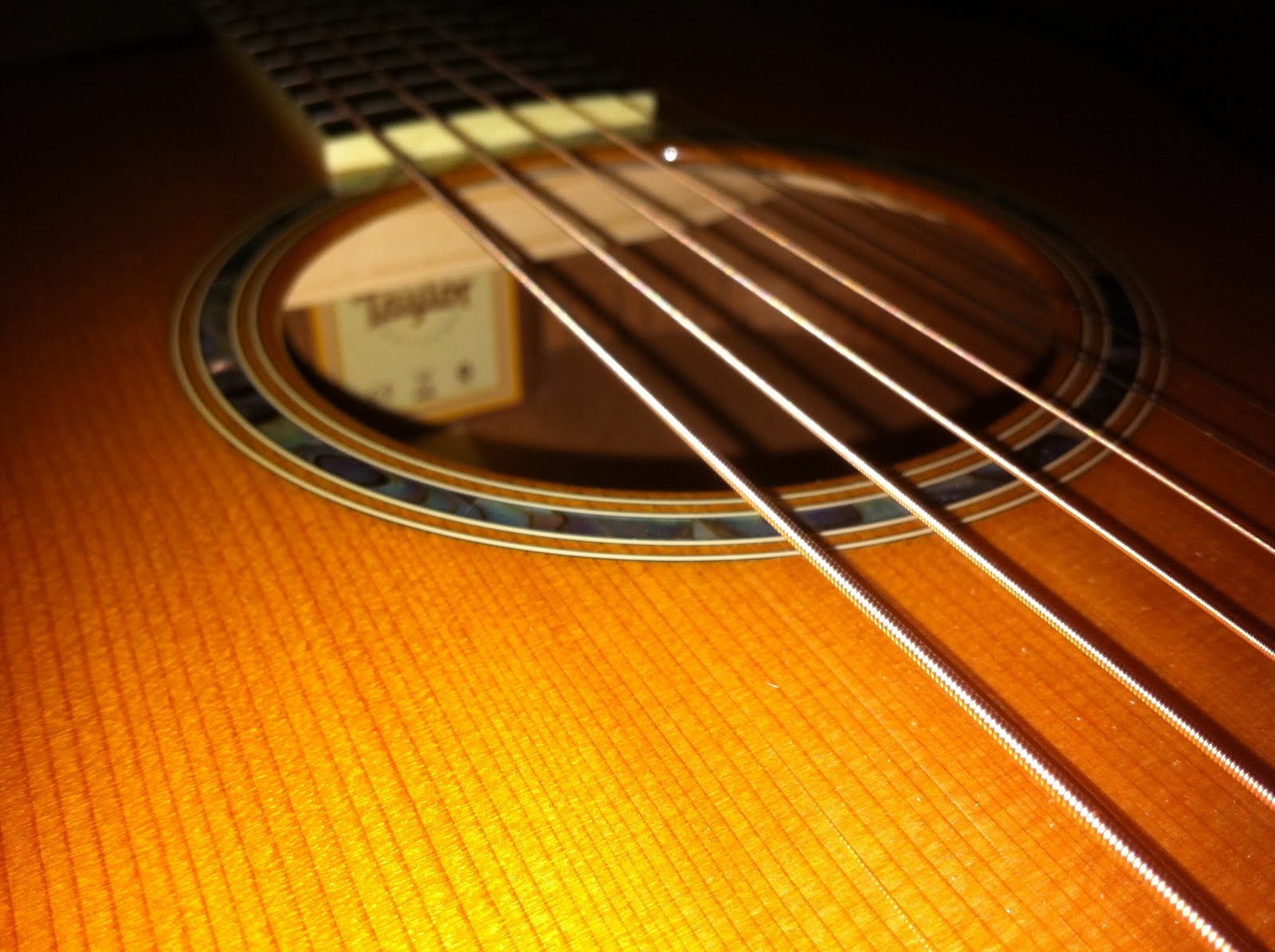 |
| Mr. Prime Rib, meet Mr. Red Onion Port Marmalade! |
I love reduced port wine sauces. They turn out elegant and can make a good steak just heavenly with a glass of wine. So I thought, what I can I do with a port reduction but add some heft to it? I usually have used just shallots, but that just ends up being mostly sauce and no heft. I wanted substance.
My next thought was red onions... I love caramelizing red onions as the base for French Onion soup, so why not caramelize red onions and reduce a port wine in it. This would be good, but will definitely end up on the sweet side. Caramelized red onions become very sweet as the natural sugars get intensified. The port wine doubly so. To balance that then, my thoughts turned to balsamic vinegar. If you've never reduced balsamic vinegar down to a thick syrup, you really owe it to yourself to try it. It is good on roasted asparagus, roasted peppers, grilled meats, hell, you could spread it on your lover and just lick it off. It is really that good!
So here's what I did to make a sumptuous Prime Rib with Red Onion Port Wine Marmalade.
You can make the marmalade a couple of hours before dinner. Just give it a quick reheat in the microwave before plating the meal. This would work awesome on just about any cut of beef.
Red Onion Port Wine Marmalade
Enough for 4-ish servings.
Good quality olive oil
1 red onion, sliced very thinly
1 clove of garlic, pounded then minced
~cup of Ruby Port
~cup of dry red wine
couple of tablespoons of balsamic vinegar
couple of grinds of fresh ground pepper
orange zest (around 1/2-1 tsp)
In a nonstick pan heat olive oil, then add the onion and garlic. Stir frequently and get the onion to start carmelizing, it will begin turning brown. Don't burn it, it will just taste nasty. This requires attention and constant stirring and turning for about 5-8 minutes.
Add the remaining ingredients. My measurements are approximate. Zest the orange peel straight into the sauce.
Cook this down under low-medium heat to reduce the wine and turn the entire mixture into the consistency of marmalade. You will have to spoon it not pour it.
Remove from the pan and let cool.
Prime Rib
This is how I make prime rib, I learned it from a chef at Lawry's Restaurant.
Pull your prime rib out of the fridge around 90 minutes before putting into the oven. Let the meat come up to room temperature. You won't die, really. You want to get the meat up to room temperature to reduce the temperature gradient from the inside to the outside when this bad boy goes in the oven. It will cook faster and more evenly.
Insert an oven safe meat (leave in) thermometer into the middle of the roast. If you don't have an oven safe thermometer, invest it one. It is the only way to get perfectly finished meat.
Heat oven to 450 degrees.
Pour 1-2 pounds of kosher or ice cream rock salt into a deep roasting pan. This will lock up all the fat that renders out of the beef making clean-up a snap.
Put a piece of foil down on the rock salt -- cut smaller than the pan. You want the fat to run off into the rock salt.
Rub the entire roast with Lawry's Seasoned Salt.
Place ribs side down
Put the roast into the 450 degree oven, let it roast for approximately 10 minutes under this intense heat. The object here is to super heat the outside of the meat.
After 10 minutes, turn the oven down to 300 degrees.
Roast the prime rib until the thermometer reads 125 degrees. The middle will be rare, the ends will be medium. If you have a 4-5 pound roast, everyone will be happy. How long will this be? I don't know, a couple of hours probably. I started my around 4:15 and it finished at 6:30. It was 5 pounds.
When the thermometer reads 125 degrees, remove from the oven and cover with foil then a towel. Let the prime rib rest for 10-15 minutes like this before slicing. It will continue to cook on its own, but more importantly the juices will redistribute through the meat.
Now, right before plating, reheat the marmalade then scoop a nice dollop on every piece of prime rib.
Bon appetit!


